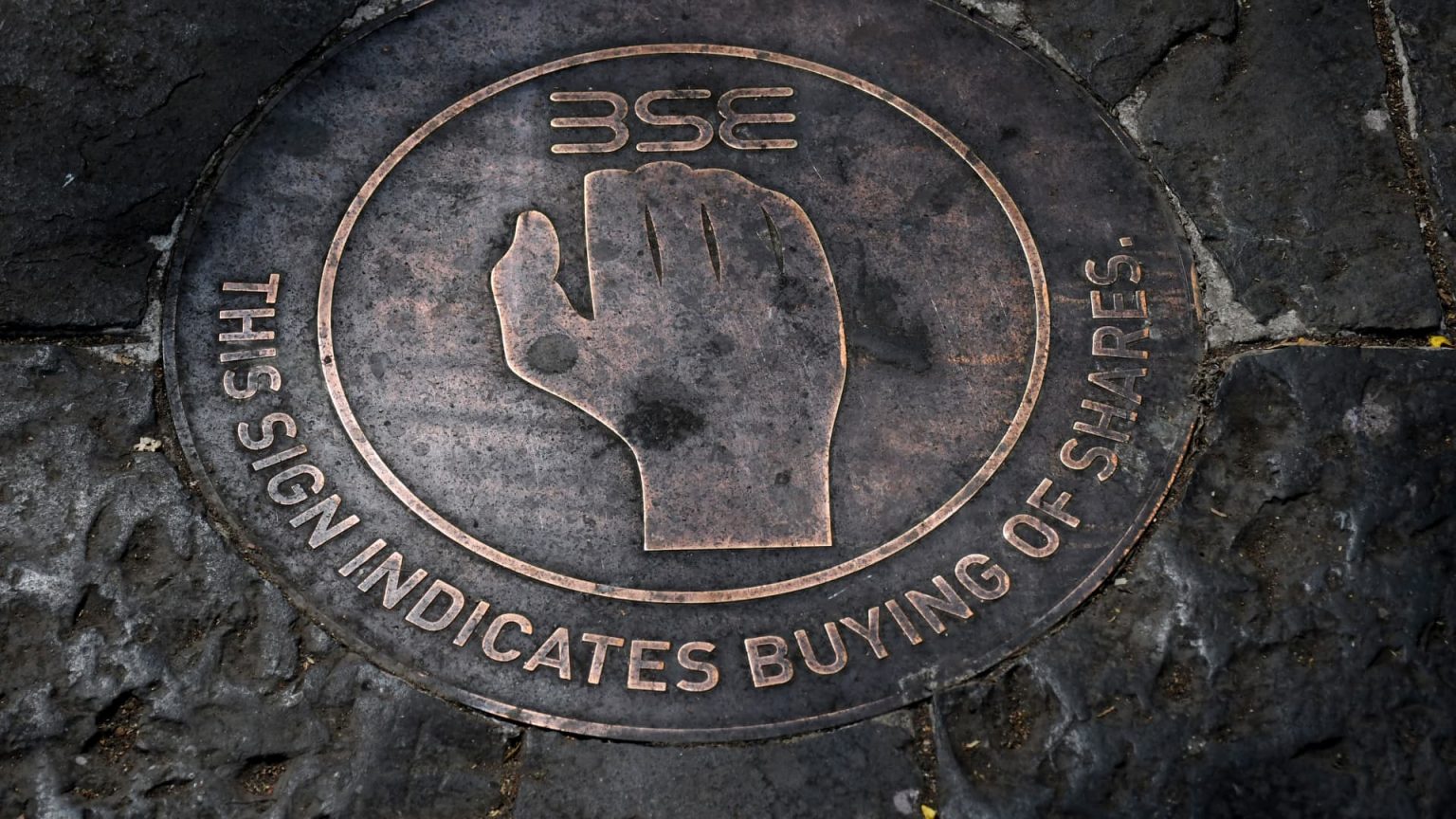Stocks in China and Hong Kong have experienced a significant decline in market capitalization since 2021, losing a massive $4.8 trillion. This is more than the value of the Indian stock market, which has been steadily growing during the same period. The National Stock Exchange of India overtook Hong Kong Stock Exchanges and Clearing to become the fourth largest in the world, with a value of $4.63 trillion, making it the third largest in Asia. This demonstrates the increasing traction Indian stocks have gained in recent years, in contrast to the declines in both China and Hong Kong.
Mainland China’s CSI 300 index has experienced three consecutive years of decline, with a drop of 11.4% in the previous year. Hong Kong’s Hang Seng index performed even worse, ending the year 13.8% lower. These were the worst performers among major Asia-Pacific indexes in the past year. The Chinese property sector has been a cause of concern for investors, affecting both China and Hong Kong. Many Chinese real estate stocks listed on the HKEX, such as Evergrande Group and Country Garden, have faced challenges.
China has set its growth target at 5% for 2024, but analysts are skeptical of the economy meeting this goal. S&P Global Ratings predicts that China’s GDP will grow by 4.6% in 2024, slower than the 5.2% rate in 2023. Factors such as property weakness and modest macro policy support may contribute to slower growth. Former HKEX CEO Nicolas Aguzin identified lack of confidence in China, high interest rates, and geopolitics as factors impacting valuations and reducing the number of new listings on the exchange.
On the other hand, Indian stocks have rallied amid optimism about the country’s growth potential. The Nifty 50 index has seen gains for eight consecutive years, with a 20% increase in 2023. Research from HSBC indicates that India’s National Stock Exchange has surpassed the Shanghai Stock Exchange to become the second largest globally in terms of monthly transaction volume. India has also outperformed in terms of initial public offerings (IPOs), with 220 IPOs in 2023 that raised $6.9 billion in proceeds, representing a 48% increase in deal activity from the previous year.
While China’s market has slowed down, India has emerged as a standout performer in the global IPO market. India saw the most IPO activity in 2023, despite a subdued environment for IPOs in Asia. In contrast, China’s A-share market had the fewest number of IPOs and smallest proceeds since 2020 in the first quarter of the year. Hong Kong also experienced a decline in IPO activity, with only 10 IPOs during the period, the lowest level since 2010. India has seen a significant increase in its share of IPOs globally, propelling it to the leading position by deal volume.
Overall, the contrast between the performance of stock markets in China, Hong Kong, and India highlights the shifting dynamics in the region. While Chinese and Hong Kong markets have faced challenges and declines in recent years, India has emerged as a strong performer with growing investor interest and a robust IPO market. The outlook for each market will depend on various factors such as economic growth, policy support, and investor confidence.


